I found this out the hard way on my first Southeast Asia backpacking trip. I had overpacked, planned poorly, and missed out on a lot of great travel opportunities because I didn’t have a clue what I was doing.
To help you better prepare for your trip, let me share with you 25 top tips after having spent more than a year combined backpacking Southeast Asia.
1. Pack light (seriously!)
The first thing you’ll want to do is make sure you’ll be light on your feet.
I know it’s a little scary to venture off to some whole other part of the world you may not have ever been before, but you don’t have to pack like you’re a doomsday prepper. Relax… you’re gonna be fine.
Remember that there are plenty of shops in Asia where you can still buy things if needed. You don’t need to pack tons of travel gadgets or specific gear only ‘just in case’. Often that’s just your fears/worries leading you to pack a lot of unimportant items.
I’ve met a lot of backpackers in Southeast Asia with way too huge and heavy backpacks who regretted packing too much. Trust me that it sucks to be slogging around everywhere like a mule!
Just pack one week’s worth of clothes plus your travel essentials. If you need some tips, I have a guide on how to pack light. Consider taking just a carry-on bag of around 40 liters in size; most of Southeast Asia is quite hot and sunny so you really have a lot fewer clothes to pack than for some winter destination. Don’t pack any pillows, sleeping bags, or mosquito nets. You don’t need them.
A lightweight travel backpack is easier to carry, keeps you agile, makes it way more difficult to lose stuff, and saves you money on airline baggage allowance. Here are some suggested backpacks if you don’t already have one you like.
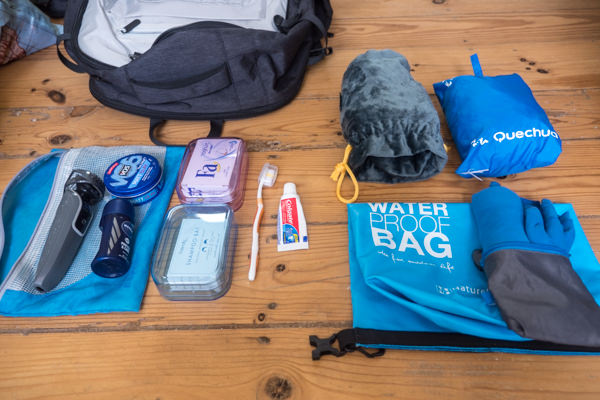
2. Do bring some warm clothes
While you may be going to the tropics, it can get cold in Southeast Asia sometimes.
A hoodie and trousers will definitely be needed for any mountains, hill stations, heavily air-conditioned environments, or in the northernmost parts of the region where it can get colder. If you’re in north Vietnam or north Laos in winter, it can be especially chilly.
Even in the sweltering cities, shopping malls and cinemas can be so air-conditioned you’ll freeze your tits off without any extra layer, so every now and then having some warm clothes can come in handy.
3. Rainy season is different everywhere
If you’re planning a Southeast Asia backpacking trip you will no doubt become aware of there being such a thing called the rainy season.
In the tropics, the rainy or monsoon season can be very intense; it’s typically a period of several months during which there can be heavy showers every day. Travelling during rainy season can be a bit of a mixed bag; there are fewer crowds but the weather is less predictable too. I was once in the Philippines at the tail end of monsoon season and suffered a whole week of continuous rain. Once, in an outdoor bar in Thailand, the rain was so intense it knocked glasses and bottles off the tables.
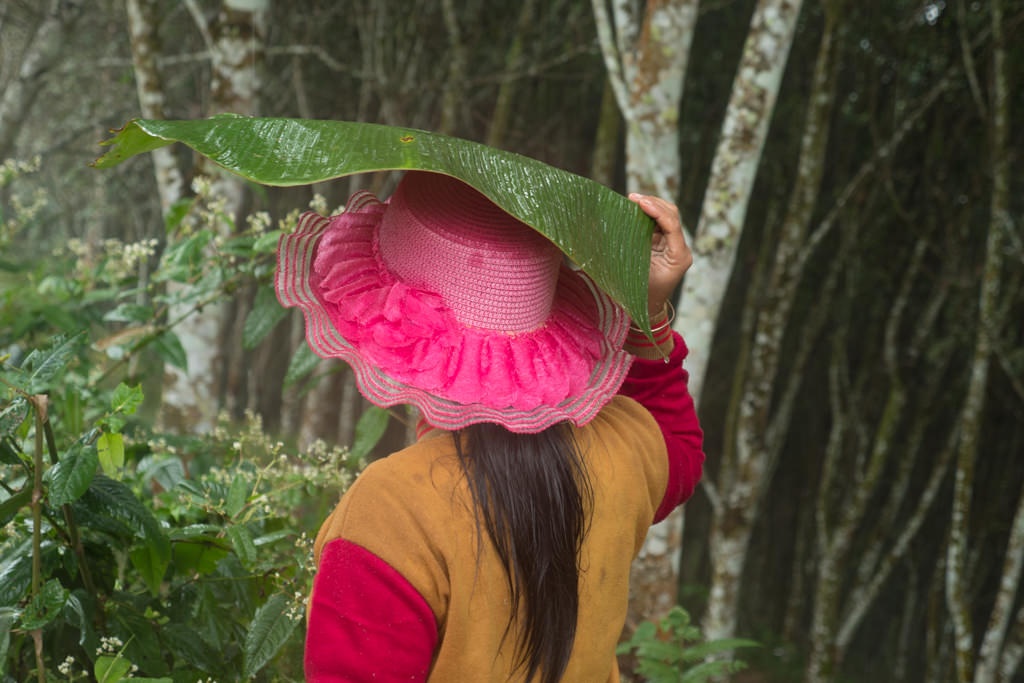
It’s true that it doesn’t necessarily rain all the time during the rainy season (it’s usually a few hours in the morning followed by clear skies) but many travellers still try to avoid it if they can.
Luckily, rainy or monsoon season doesn’t happen at the same time everywhere. For example, in Thailand it may be rainy season on the east coast but not on the west coast. Or when it’s monsoon in Malaysia, it’s dry season on Bali. So, if you’re planning a longer backpacking trip, you can hop around the region in such a way that you still enjoy the best weather in each country.
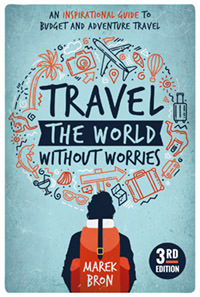
Planning a big Asia trip?
I wrote an extensive and inspiring guidebook, which covers the whole planning process from A to Z. It’s helped thousands of travelers like you prepare for their trip!
4. Definitely stay in hostels
Backpacking in Asia isn’t half the fun if you don’t stay in hostels at least some of the time. The hostel scene is fantastic, with so many hostels offering a homely and social atmosphere. Hostels are places where you can rest, chat with other travellers, get tips about places you are going, and share your best travel stories.
The hostels in some specific parts of Southeast Asia can be very party-focused though. For example, on the island of Koh Phi Phi in Thailand, many of the hostels are Ozzie-filled drinkfests, which may or may not be the scene you’re looking for.
I personally like more social traveller hostels, which you can find pretty much anywhere. If you’re looking for a specific type of atmosphere, it’s not hard to find based on the reviews and photos of each establishment.
If you stay in dorms the hostels can save you quite a bit of money, but even if you stay in private rooms you can benefit from the communal atmosphere they provide. There are so many fun adventures I’ve had in Asia that I would not have done or even known about if I hadn’t stayed in hostels.
5. Or… don’t stay in hostels!
If you don’t need to be among other travellers all the time, then guesthouses and B&Bs also offer great and affordable places to stay.
In places that aren’t yet super touristy, you can often easily nab a sweet little bungalow for very little money. For instance, I stayed in many bamboo bungalows in Laos for around $10 a night.
You can usually find the best budget accommodation on Booking.com and Agoda as these platforms are open to smaller hotels and local guesthouses. It’s often worth trying Agoda over Booking.com; the two sites are owned by the same company, but Agoda is specialized in the Asia region.
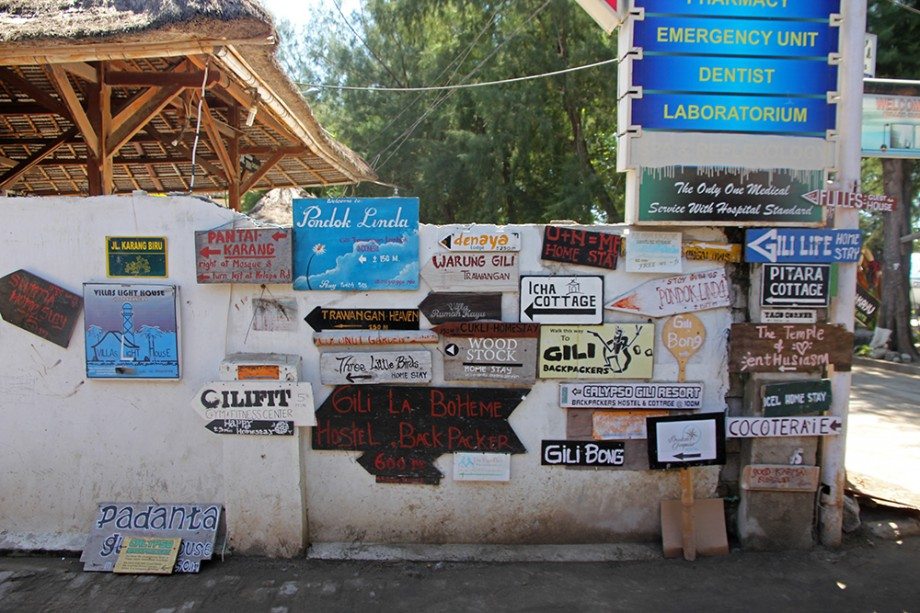
6. Avoid overplanning
It’s definitely helpful to do some research in advance and create some wishlists for what you want to see and do. But… plans will also inevitably change when you get there. And you don’t have to know every step of your journey in advance!
One of the fun aspects of backpacking is that you can embrace the unpredictability of travel. You might hear of a cool place from another traveller and decide to spend an extra day to check it out, or maybe the weather reports or transit connections make you reconsider your intended travel route.
If you don’t book all your accommodation ahead of time you can easily make decisions on the fly. Often some of the best things I’ve done in Southeast Asia I had not planned ahead at all. Improvising is relatively easy in this part of the world and is fairly low-stress thanks to there being so many accommodation and transportation options.
If you still would like to create a rough outline for your trip, check out my Southeast Asia backpacking itineraries.
7. Book places one step ahead
That said, booking your accommodation can still be a good idea if you do it one step ahead while you travel. These days I book my places on Booking.com or Agoda pretty much 80% of the time as it’s just so convenient and you’ll be assured of a room in a high-rated place.
Some travellers just show up to destinations to find something there and then. This can often get you cheaper deals than you can find online. If you’re with a group, you can easily split up and look at the different options in town, then decide on the best one.
8. Stay in the moment
I find that staying at least somewhat disconnected during your backpacking trip can really enhance your overall experience. The journey can feel much more like an adventure if you’re not occupied with sharing everything instantly online.
Mobile SIM cards with cheap internet data are widely available, but I don’t usually buy one simply to force myself to stay offline a lot more. You can still use the MAPS.me app for offline wayfinding (I highly recommend installing this app!) and then make do with the occasional WiFi only.
A backpacking trip can give you a rare chance to reboot your mind. Travel can make you forget about work, or the news, or all the dumb stuff on the internet. Backpacking Southeast Asia will give you an incredible opportunity for a digital detox.
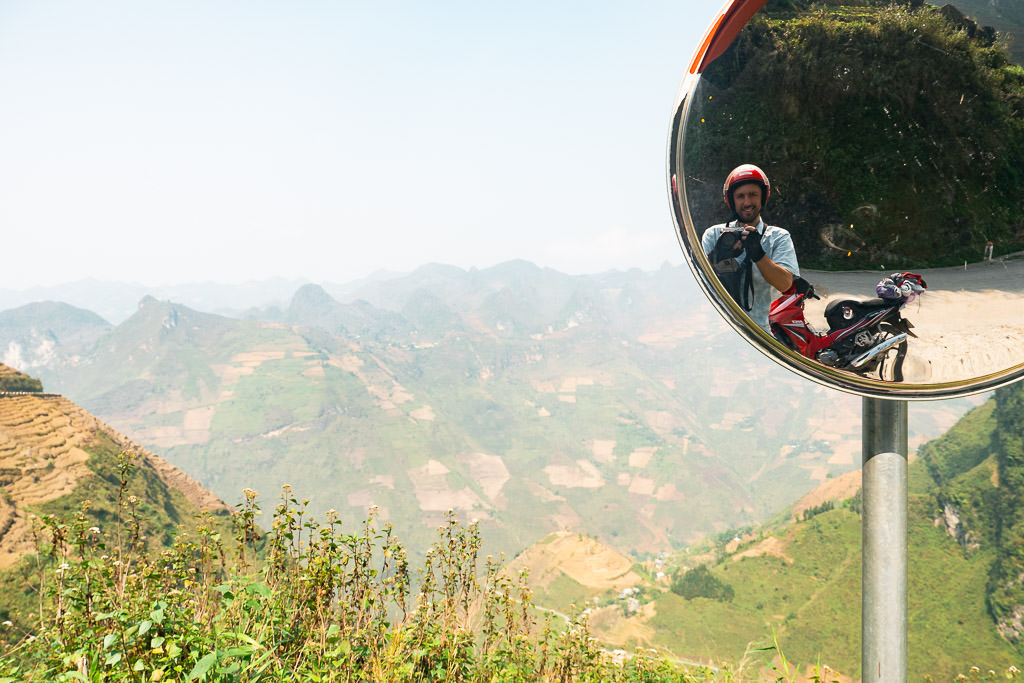
9. Rent a motorbike if you can
Okay, this tip is huge. While you can get to most tourist spots using public buses or tuk-tuks, renting a scooter (motorbike) is a total game-changer.
That is, of course, if you can drive one. If not, make friends with another backpacker who can and maybe you can hop on the back!
Scooters are by far the most popular form of transportation in Asia, so you can rent them pretty much anywhere. This usually costs about $5 ~ $10 a day. It’s extremely liberating to get off the usual trail and travel completely at your own pace.
Do take care though as traffic accidents are by far the biggest danger to travellers in Southeast Asia. Some Western backpackers drive at crazy speeds and end up in horrible accidents. But drive carefully and a whole different side of Southeast Asia will open up to you.
10. Eat the street food!
The street food in Southeast Asia is legendary (and cheap!). Just don’t get too paranoid about any food making you sick as this honestly rarely happens. If it’s fried it’s probably gonna be fine. Unless you’re on a short holiday where absolutely nothing can go wrong, be sure to try the delicious street food. It’s an essential part of the experience.
The one time I got pretty sick in Asia was from a German-style schnitzel I had in a nice restaurant in Indonesia.
Don’t eat schnitzel in Indonesia.
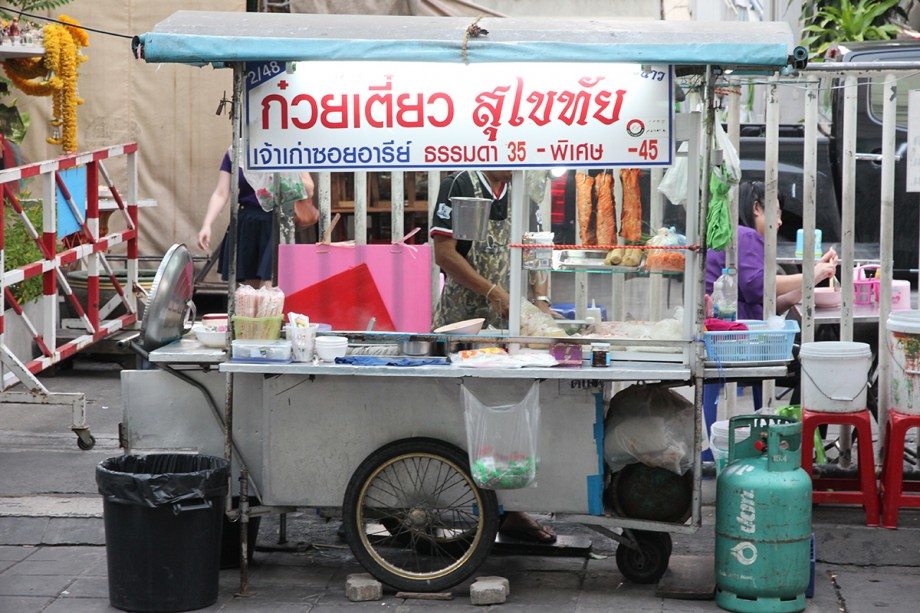
11. But bring loperamide… just in case
Even though issues are rare, on my many Asia trips I admittedly did occasionally find myself praying to the Porcelain God. It’s a situation that will typically resolve itself in a day or two, but it’s not fun while you’re dealing with it. Buy some loperamide pills (a.k.a. Imodium) as this will stop the flood. You’ll thank me later.
12. Stick to bottled water
Tap water is generally not safe to drink, so best to avoid it. Safe bottled water is available everywhere, though it does feel a bit bad to be buying plastic bottles all the time. One solution is to get a LifeStraw filter bottle, which can make safe drinking water out of any tap water. Make sure you stay hydrated as you’ll need it with those tropical temperatures.
13. Go local and save money
On a budget? Then go for Asian food instead of pizzas or hamburgers. Take public transportation instead of tourist shuttles that you book at local travel agencies. Slowly wean yourself off of air-conditioning so you can get the much cheaper fan-only rooms instead. Backpacking in Southeast Asia gets a lot cheaper when you travel less like a typical high-spending tourist and stick to the budget-friendly options.
14. Ignore a tuk-tuk driver’s advice
The drivers of tuk-tuks and taxis I’ve often found pretty unreliable for information. They’ll often just take you to crappy tourist traps or some random guesthouse where they get a commission for bringing you there. Figure out your own plan first, then tell them where to drive. Unfortunately, the drivers usually cannot be relied upon for good local tips.
15. Kill the flesh-eating bacteria
It took me a while to actually notice this, but it can take a long time for wounds to heal fully in Southeast Asia. A cut that would be easily healed within a week in Europe might still not be closed in Asia after a month. Weird.
One theory I heard is that it’s due to the high humidity. Another is that it’s due to… tropical flesh-eating bacteria. Okay, that sounds a lot worse than it is, but I recommend putting some iodine antiseptic (like Betadine) on any wounds. It will kill any bacteria and allow your wounds to close much more rapidly.
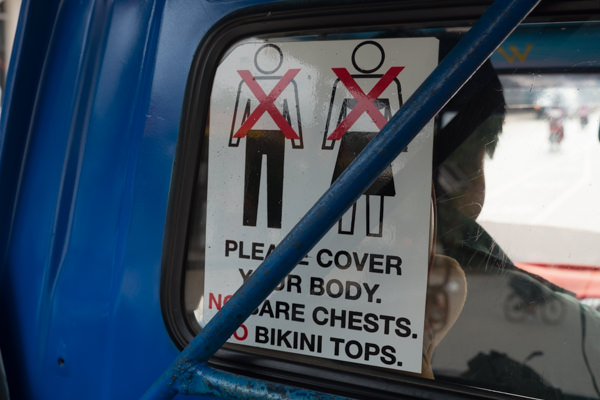
16. Respect the culture
As a guest in each country, it’s a good idea to be aware of the local norms. For example, walking around in a bikini in Laos is akin to walking around butt-naked. This will either not be appreciated at all or appreciated way too much by certain locals. Similar norms exist in (parts of) Indonesia and Malaysia.
Temples and other holy sites almost always require you to dress appropriately, i.e. cover your upper legs or shoulders. Ones that are often visited by tourists might already have sarongs and scarves for you to use.
17. Don’t be a dick to animals
This is more of a public service announcement than a travel tip, but since so many backpackers are unaware, it’s worth repeating it here. It’s best not to engage in typical “animal tourism” in Asia, unless they’re true wildlife experiences or if you can expect high standards of care.
Taking a photo with a tiger in Thailand is not that awesome. That tiger will actually be heavily tranquilized and living an awful life. When these pictures inevitably show up in places like Tinder, very few people are impressed. (See: Tigers of Tinder or this article on tiger selfies.)
Elephant riding sounds fun, but the animals are often horribly abused and traumatized so that they’ll later obey commands. Ethical elephant sanctuaries let you feed and wash the animals, but not ride them.
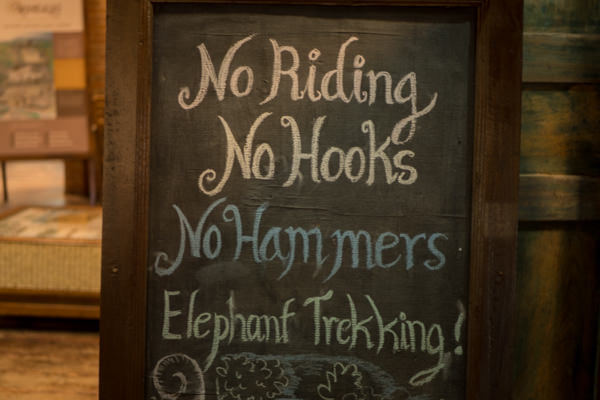
18. Animals might be dicks to you though
Particularly monkeys. They’re proper assholes. Watch your camera, beer, bananas, etc.
19. Take a chance to learn something new
Backpacking in Southeast Asia gives you many opportunities to try or learn new things. It’s a great time to dive into travel photography or to learn Asian cooking, for example. If you’ve got some days to spare, just base yourself in a place where there are courses in rock climbing, muay thai, surfing, or scuba diving. You may not be able to ever do it as cheaply again!

20. Know your scams
Scams are pretty rare in the grand scheme of things — and they’re usually fairly innocuous in Asia — but you might still encounter one every now and then.
Keep an eye on any taxi meters: they may be rigged up to go many times faster than normal. Be sure to take photos of any equipment you rent, so no one can claim that you damaged it (when in fact you didn’t). Read the scams section of travel guides or travel wikis for more location-specific scams.
21. Beware of the copycats
Guesthouses and restaurants often shamelessly steal the names of other successful businesses. Sometimes they just put a tiny barely-noticeable ‘2’ at the end to avoid infringement. Pay attention so that you end up at the place you were looking for, and not some copycat that’s riding their coattails.
22. Be patient
Not everything runs exactly with perfect efficiency. Delays are common and travel plans can go awry. Take it easy and shrug off the inevitable minor setbacks with a sense of humor. It’s all part of the adventure.
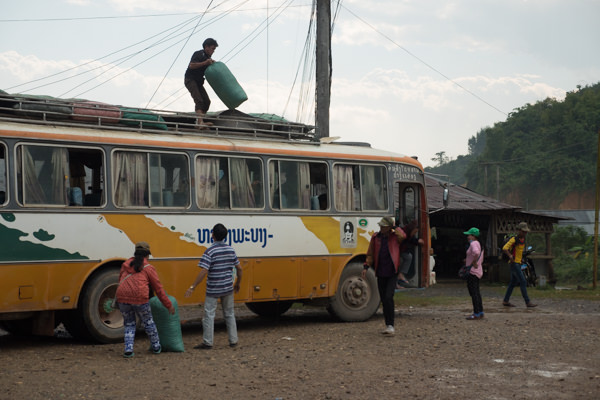
23. There is more than Pad Thais
Food menus in Southeast Asia often start with some generic options like ‘vegetable chicken stir fry’. In Thailand, you’ll also find a dish called Pad Thai, which is simple, cheap, and typically not spicy, so some backpackers end up eating pretty much only this during their trip.
But let’s be honest, it’s pretty boring to just eat these default options!
Don’t miss your chance to order all those flavorful curries, tom yam soups, laap, pho, laksa… the list goes on.
Maybe a good laap (a delicious Loatian minced meat dish) will cost $2.50 whereas a standard vegetable stir-fry might cost just $1.50, but you’ll be missing out if you’re only penny-pinching. If you don’t like spicy, just say “no spicy please”. Or better yet, slowly try to acquire a taste for it… I used to hate it, and now I love it.
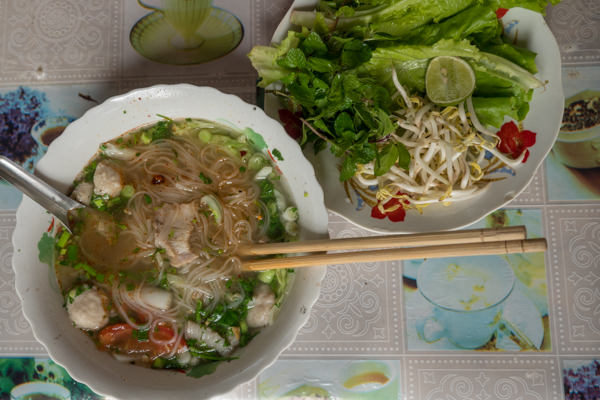
24. Say hi to everyone
Every other traveler is just looking to have fun, so say hi to people and you may make many friends along the way. If you’re going solo, don’t worry; Southeast Asia is a perfect region for travelling solo, as it’s fairly easy to get around and there are typically many other solo travellers too.
25. Throw in a wildcard sometimes
Most backpackers going to Southeast Asia for the first time are obsessed with hitting up all the big and famous locations, like Ha Long Bay or the temples of Angkor Wat. I understand as it’s a natural desire to hit up all the UNESCO World Heritage Sites and such. These places are amazing, but there are also numerous less famous places that are equally worthwhile for different reasons!
I’ve learned that a place doesn’t need to appear on a ranked listicle or promoted by an Instagram influencer (or a blogger like me – hi!) for it to be worth going. Some of the best experiences can be had in the most unexpected places. Every now and then, try taking a random roll of the dice and taking a side-route somewhere.
For more in-depth tips and advice for backpacking in Southeast Asia get a copy of Travel the World Without Worries, your ultimate guide to preparing for a big adventure.
Some links may be affiliate links, meaning I may earn commission from products or services I recommend. For more, see site policies.
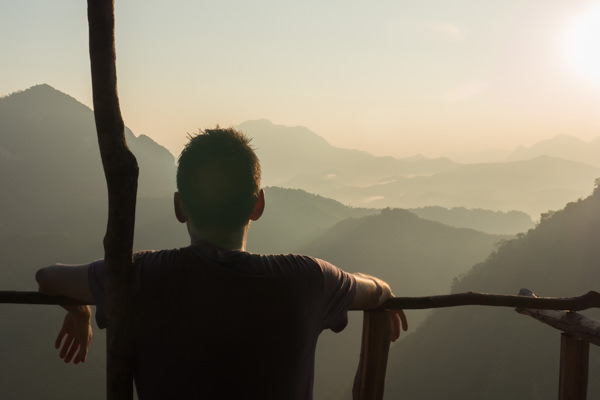
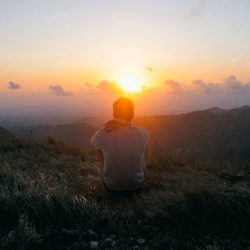
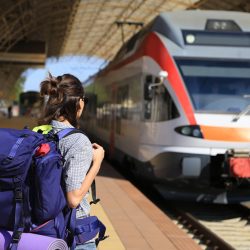




Hi Marek,
I love the blog and was wondering how bad are the mosquitos? You mention no need to bring a net but I was wondering if it could be useful in rural places? Also is mosquito repellent spray good enough as I am wondering if also buying those wristbands/patches and other similar items is worth it?
Many thanks,
Ben
I’m planning a year long post-COVID RTW trip, and your blog is one of the best and most useful I’ve come across for practical advice, destination ideas, and route planning. Thanks a bunch for all the fantastic content!
Thanks for your kind words Jeb. Hopefully the pandemic will be behind us soon so we can travel again! 🙂
Hi Marek,
My wife and I were due to travel in 2020 to NZ,S.E Asia etc for many months- plans now scuppered by COVID-19- so have a flight into Singapore Feb 01 and out of Bangkok 4 months later. We have travelled extensively but not to this area. Closest was China, Vietnam and Sri Lanka which we loved but mainly guided and some time on our own. We are rubbish packers so your tips are greatly appreciated Currently in the Greek islands but we have way too much and in suitcases
Hope you’re ok during this new madness of the world?
Cheers Tom
It’s a mad year to be sure. I’m taking all the travel I can get and found myself in Greece recently too! Hopefully by the time you’re flying out there, Thailand will have opened up for tourism. With any luck it might be a perfect time to go.